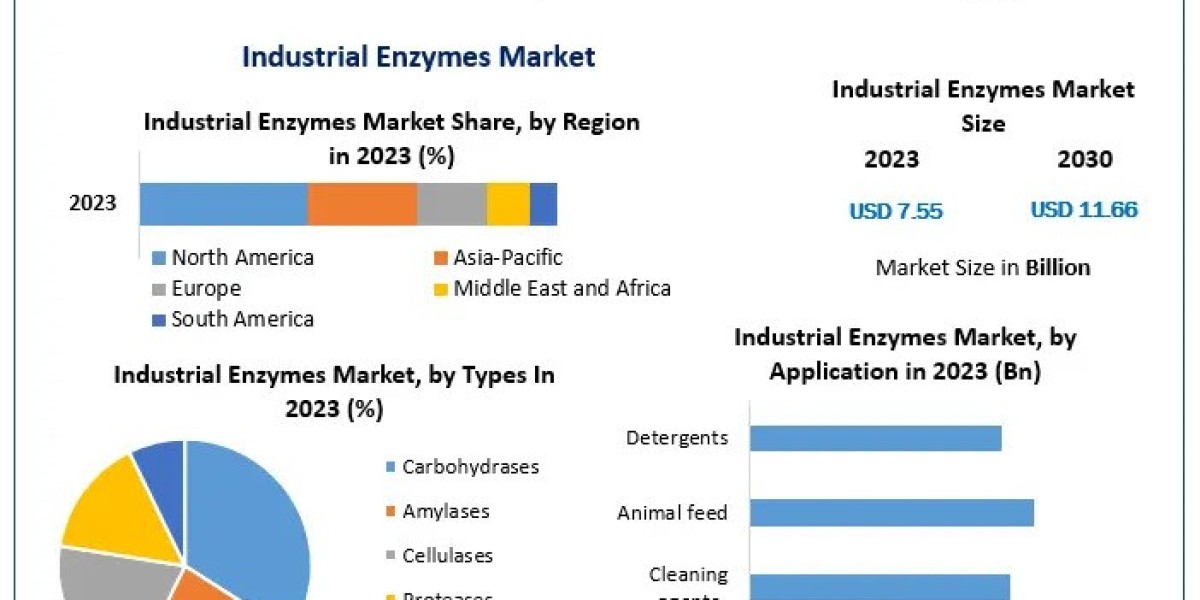In today’s digital economy, having a product is only half the battle. The real challenge is figuring out where to showcase it to drive maximum visibility and sales. Whether you’re a new entrepreneur, an established small business, or a growing brand, the question remains: which platform to showcase products works best for your business?
Should you build your own website? Or should you tap into the massive audience of an online marketplace like Amazon or Etsy? Maybe social media platforms like Instagram and Facebook feel like the right fit? In this guide, we’ll help you understand your options and pick the perfect destination to present your brand to the world.
Why Choosing the Right Platform Matters
The internet is full of noise. With thousands of businesses launching every day, visibility is everything. A good platform to showcase products ensures that your items don’t just sit online unnoticed—it helps you attract the right customers, build trust, and generate sales.
Your choice of platform also affects:
Brand image
Customer trust
Marketing control
Analytics and data insights
Scalability and business growth
So before you jump in, it’s important to know your audience, budget, and long-term goals.
Option 1: Building Your Own Website
A dedicated website gives you complete control over how your products are displayed and sold. It allows you to create a branded experience from start to finish.
Pros:
Total customization of design and layout
Freedom to use your preferred tools, payment gateways, and features
Easy integration with email marketing, CRM, and analytics
Builds long-term brand authority
Cons:
Higher upfront investment
You’ll need to manage hosting, maintenance, and updates
Traffic is not guaranteed—you’ll need a strong marketing plan
Platforms like Shopify, WooCommerce (on WordPress), and Wix make it easier than ever to build a sleek, responsive site without deep technical knowledge.
If you're aiming to build brand equity and want a strong foundation, your own website is an excellent platform to showcase products in the long run.
Option 2: Selling on Online Marketplaces
Marketplaces like Amazon, Flipkart, Etsy, and eBay have massive built-in audiences. If speed, reach, and low setup costs matter to you, this route could be your best bet.
Pros:
Access to millions of active buyers
No need to worry about web hosting or site maintenance
Fast setup and launch
Trusted platforms that customers already use
Cons:
Limited branding control
High competition within the marketplace
Fees and commission charges
You don’t own the customer data
Still, when used right, online marketplaces are a highly effective platform to showcase products, especially for consumer goods, handmade items, books, or electronics.
Option 3: Social Media as a Sales Engine
Social media is no longer just about engagement—it’s also about social commerce. Platforms like Instagram, Facebook, and Pinterest now let users browse, shop, and buy directly through the app.
Pros:
Great for visual storytelling
Engage with followers and build community
Low-cost or even free to start
Viral marketing potential
Cons:
Limited long-term data control
Algorithm changes can hurt your visibility
Harder to scale into a full-fledged eCommerce setup
Still, for fashion, beauty, lifestyle, art, or food brands, social media is a visually appealing platform to showcase products and emotionally connect with customers.
Option 4: Product Aggregator Sites and Deal Platforms
Sites like Google Shopping, Product Hunt, and even affiliate platforms give you visibility in a different way. While they may not be your core storefront, they can complement your efforts.
Pros:
Tap into niche audiences
Generate leads and backlinks
Use affiliate marketing to drive sales
Budget-friendly for small campaigns
Cons:
Often competitive to rank or get listed
Not always optimized for long-term brand building
May need technical setup or manual submission
These platforms are great for testing product ideas, launching campaigns, or attracting media and influencer attention.
What to Consider Before Choosing a Platform
Before choosing the best platform to showcase products, ask yourself these questions:
1. Who is your ideal customer?
Are they Gen Z scrolling through Instagram? Are they professionals searching on Google? Are they Amazon Prime users looking for a quick buy?
2. What is your budget?
If you’re on a tight budget, marketplaces and social media might work better initially. If you’re planning to invest in long-term branding, building your website is worth it.
3. What are your branding goals?
Do you want complete design freedom? Then your own website is the best option. Want viral attention? Go social. Want sales volume? Go marketplace.
4. How much control do you want?
Owning a website gives you control over the customer journey, marketing, and data. Marketplaces and social media, while easier, come with limitations.
Hybrid Approach: Use Multiple Platforms Together
Most successful brands don’t limit themselves to just one channel. In fact, the best strategy is often a mix of platforms. For example:
Use Instagram for visual marketing
Drive traffic to your Shopify store
List best-sellers on Amazon for reach
Get featured on Google Shopping for SEO traffic
This multi-channel approach makes you less dependent on any one platform to showcase products and maximizes your visibility across the web.
Final Thoughts: Start Where You Are
Choosing the right platform to showcase products doesn’t have to be complicated. Start with one that aligns with your goals, budget, and audience. You can always expand to others later.
If you’re just starting:
Social media is great for brand building
Marketplaces are great for quick sales
Websites are great for long-term growth
If you’re already selling, look at the data. Where are you getting the most engagement? What drives the most traffic? Let performance guide your next steps.
The key is to stay consistent, provide value, and keep testing what works.
SEO Tip: Optimize Every Platform
No matter which platform to showcase products you choose, make sure your listings are optimized:
Use keywords in your titles and descriptions
Add high-quality product images
Include testimonials or reviews
Keep CTAs clear and direct
Use SEO-friendly URLs, tags, and schema markup where possible
This not only improves your search engine visibility but also builds trust with potential buyers.
Conclusion
The digital world offers a sea of opportunities—but not all platforms are created equal. The perfect platform to showcase products depends on your brand story, audience, and business goals.
Whether you’re selling handmade crafts, digital downloads, or fashion accessories, your success lies in choosing the right combination of platforms—and showing up consistently.
Remember, your products deserve the spotlight. Make sure you choose the stage that shines brightest.








